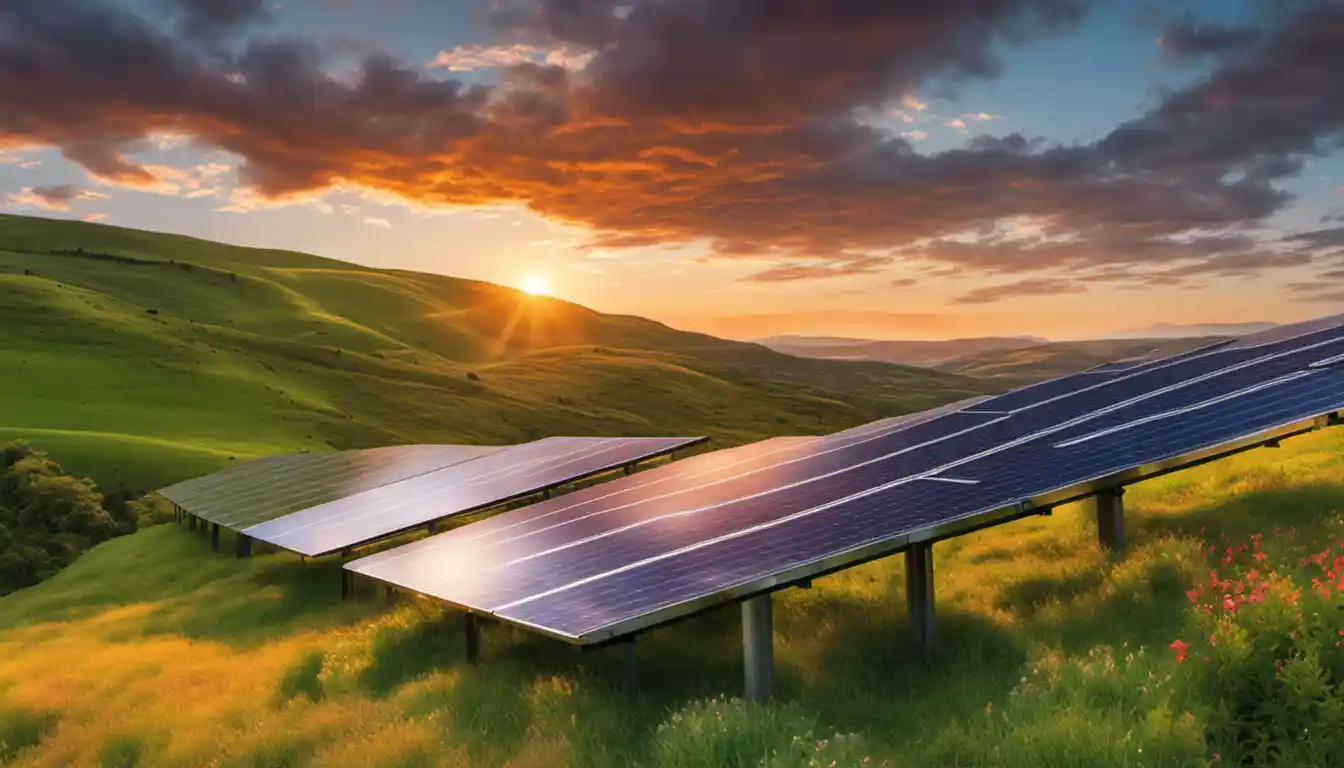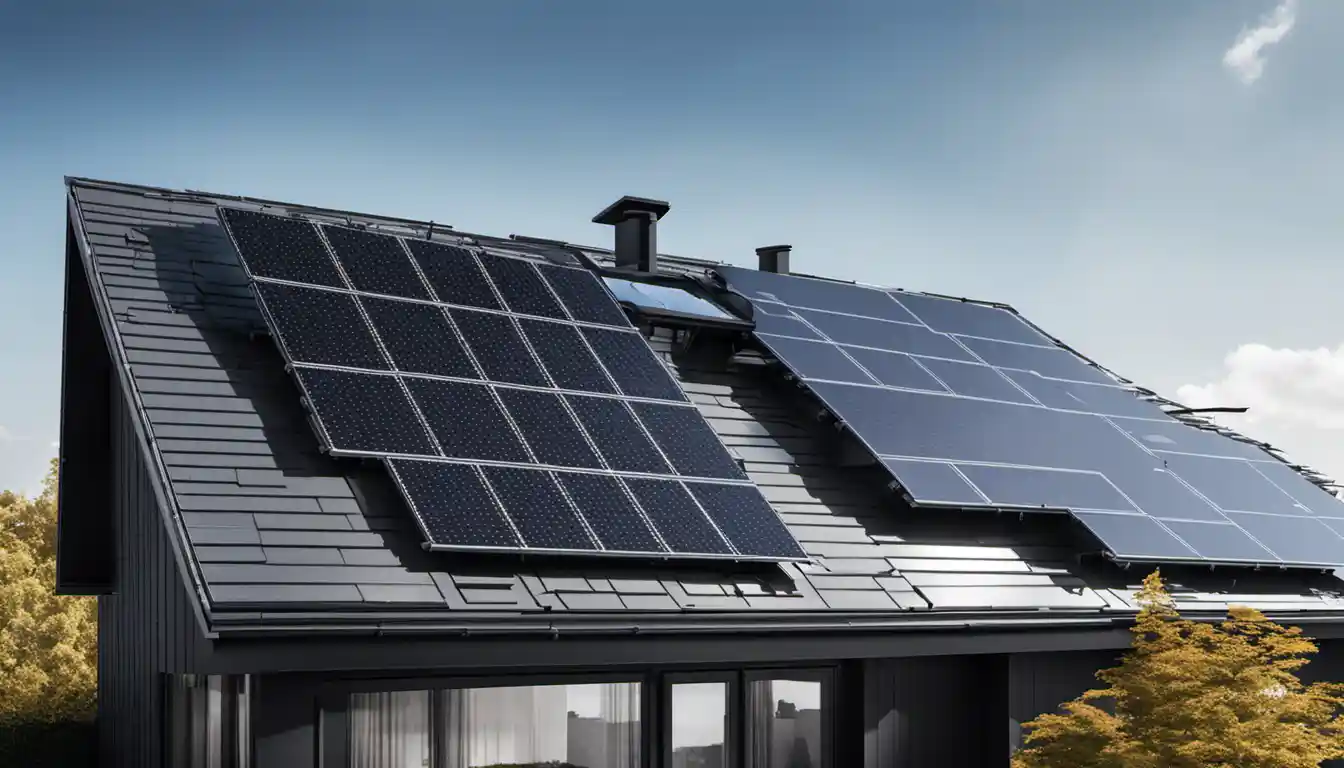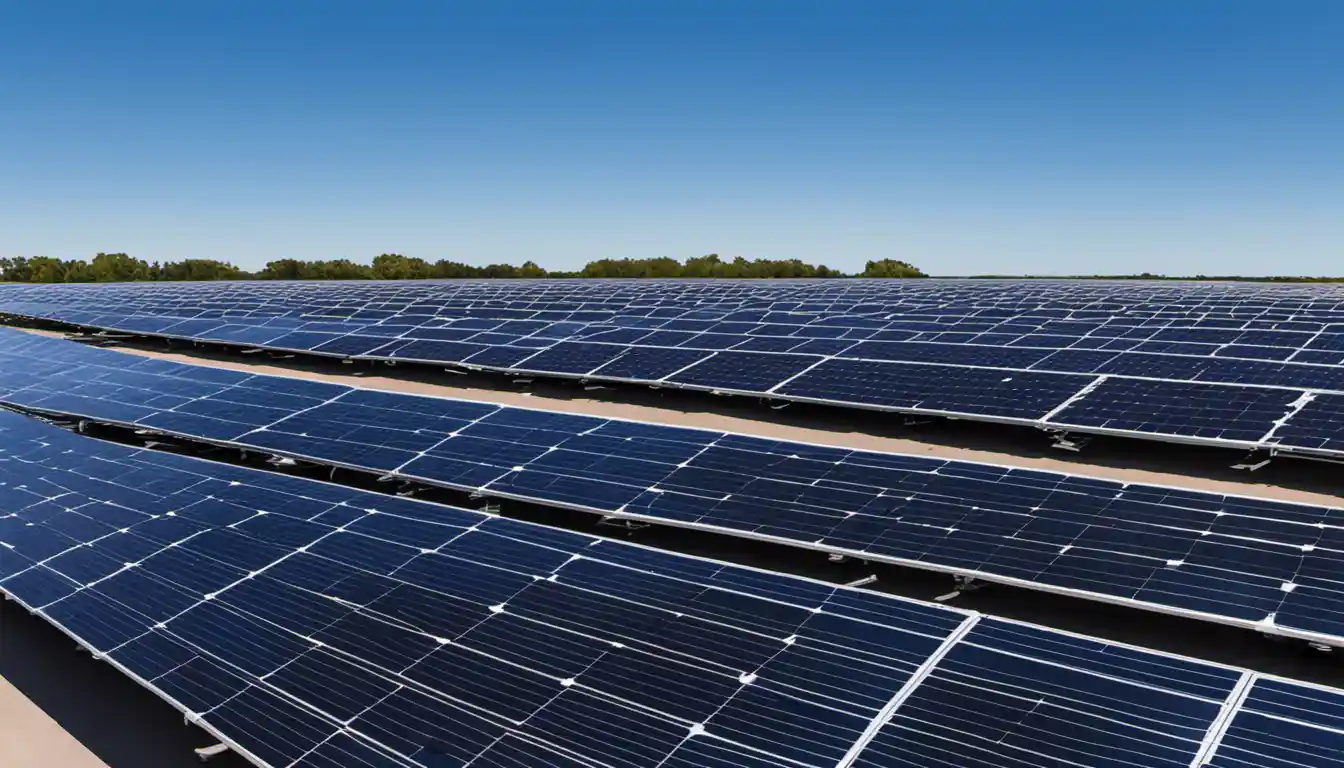Introduction to Solar Panels
Crystalline solar panels, which include both monocrystalline and polycrystalline types, are made up of silicon crystals, and offer a high efficiency rate and durability. Thin-film solar panels, on the other hand, are made from a variety of materials and tend to be less expensive and flexible, but they are also less efficient and require more space. Therefore, the choice between these types of solar panels depends on the specific needs and constraints of the user, such as budget, space, and energy requirements.
Understanding Crystalline Silicon Solar Panels
A quick flashback to high school science class: Crystalline silicon, the same material used in computer chips, acts as a semiconductor—generating an electrical current when exposed to sunlight. Crystalline solar panels are then divided into monocrystalline and polycrystalline, depending on the structure of the silicon used.
Monocrystalline panels use single-crystal silicon, giving them a distinctive, even black color. They’re the efficiency champions among solar panels, converting up to 20% of sunlight into electricity. But this efficiency comes with a higher price tag.
Polycrystalline panels, made from multiple silicon crystals, sport a blue color and are slightly less efficient (around 15-17%) and less expensive than their monocrystalline counterparts.
Uses of Crystalline Silicon Solar Panels
Due to their high efficiency, crystalline solar panels are perfect for locations where space is limited but the energy demand is higher. Think of urban rooftops or small businesses; they are the best bet because of the minimal space with maximum output.
Understanding Thin Film Solar Panels
Thin film solar panels are the new kids on the block; lighter, thinner, and cheaper. They’re made by depositing a thin layer of a photovoltaic substance onto a solid surface like glass, metal, or plastic.
There are three main types of thin film panels: Cadmium Telluride (CdTe), Amorphous Silicon (a-Si), and Perovskite. Each type uses a different photovoltaic material and has different efficiency rates and costs.
Types of Thin Film Solar Cells

CdTe panels are the most common type and convert around 10-12% of sunlight into electricity. They’re cheap but have potential environmental concerns due to the use of Cadmium.
Amorphous Silicon (a-Si) panels, with an efficiency around 7%, are less commonly used because of their low efficiency. However, their advantage comes in flexibility, often used in applications like curved roofs or building-integrated photovoltaics (BIPV).
Perovskite panels are the most recent addition to the thin film family, noted for their potential for high efficiency (over 20% in lab settings) and low production costs. However, they are not yet widely available due to durability and scalability challenges.
Uses of Thin Film Solar Panels
Thin film solar panels are versatile and stylish, often applied in scenarios where flexibility, aesthetics, or conditions such as low light or high heat are important. They’re perfect for large, less expensive installations (think big-scale solar farms) or integration into building materials like windows or facades.
Comparison of Crystalline and Thin Film Solar Panels
Efficiency Comparison
When it comes to the head-to-head of crystalline vs thin film solar panels on efficiency, crystalline takes the crown. Monocrystalline panels convert more sunlight into electricity, followed by polycrystalline, CdTe, a-Si, and lastly, perovskite panels in lab tests.
Price Comparison
On the price front, thin film solar panels emerged as winners. While monocrystalline panels top the chart in price, perovskite, CdTe, and a-Si panels tend to be the most affordable.
Installation Comparison

Installation also plays into the crystalline vs thin film solar panels debate. The latter’s lightweight and flexibility make them easier and faster to install, potentially saving homeowners on installation costs. Crystalline panels, though heavier and require a more robust mounting system, are more space-efficient, needing fewer panels to generate the same amount of power.
Lifespan Comparison
If we’re talking lifespan, crystalline panels usually come with a warranty of 25 years since they’re more durable, while thin film panels typically have shorter warranties.
Advantages and Disadvantages of Thin Film Solar Panels vs Crystalline
Advantages of Thin Film Solar Panels over Crystalline
If aesthetics, initial cost, and installation ease are your prime considerations, thin film solar panels could be your top pick. Their seamless integration into building materials and structures make thin film solar vs traditional solar panels an aesthetically pleasing choice.
Advantages of Crystalline Solar Panels over Thin Film

The primary advantages of crystalline panels are their high efficiency and longevity. If you have limited space or need optimal output, thin film solar panels vs monocrystalline will tip in favor of monocrystalline every time.
Environmental Considerations of Crystalline vs Thin Film Solar Panels
The environmental impacts of solar panels encompass both the production process and end-of-life disposal. Crystalline panels require a high-energy process to create the silicon crystals but have a lucrative second-hand market and recycling pathway. Thin film panels, particularly CdTe panels, use potentially toxic materials like Cadmium, posing disposal challenges. However, they require less energy during production.
Choosing the Right Solar Panel for Your Project
Ultimately, the best solar panel for you depends on your conditions and constraints, whether that’s budget, installation space, aesthetic preferences, or environmental impact considerations. This comprehensive guide on types of solar panels can help you dig deeper into making that decision.
Conclusion: Crystalline vs Thin Film Solar Panels
The crystalline vs thin film solar panels debate has no clear-cut winner. Instead, the best choice boils down to your specific needs, budget, and circumstances. Do you need high efficiency in a small area? Crystalline is probably your best bet. Are you after a more aesthetic, lower-cost option? Thin film could be for you.
Frequently Asked Questions
Energy exploration is as intriguing as it is complex. You’re undoubtedly going to have loads of questions about solar panels. Don’t worry, we got you covered! We’ve answered the top queries in our FAQs, creating a treasure trove of insights into the world of solar.



